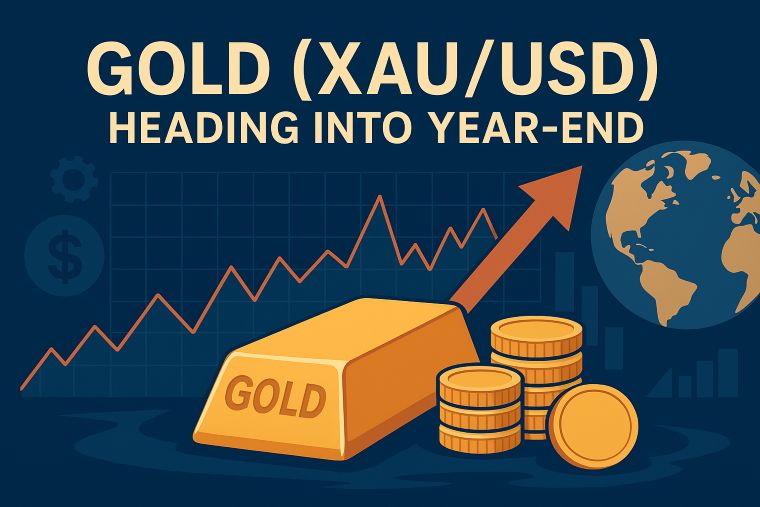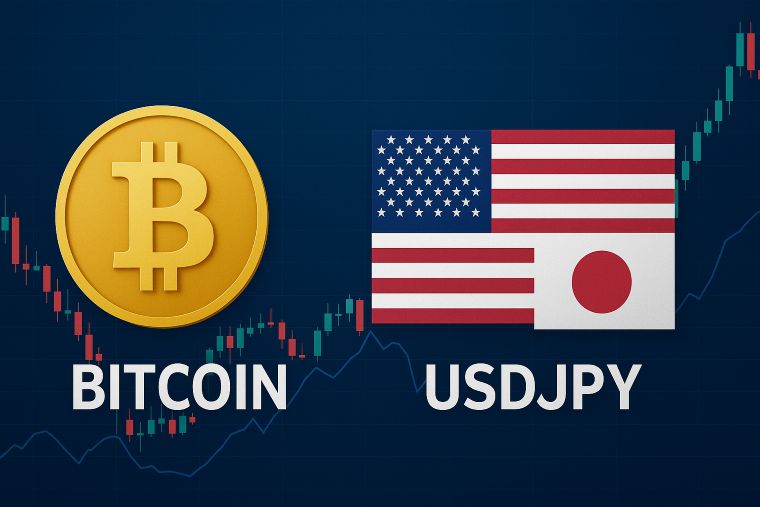3 min to read
Indian Rupee A Strategic Outlook for FX Traders
Geopolitical and Economic Trends Driving the Indian Rupee

“In recent months, the Indian Rupee (INR) has exhibited relative stability against the U.S. dollar, fluctuating within a tight range of 82.5 to 83.5. This has drawn the attention of FX traders and emerging market investors alike, as the rupee’s performance is increasingly influenced by a combination of internal macroeconomic fundamentals and broader global developments”
Resilient Economic Growth Amid Global Headwinds
India continues to be one of the fastest-growing major economies, with GDP growth projected at 6.5–7% for FY2025, according to the Reserve Bank of India (RBI). Strong domestic consumption, robust service exports (particularly in IT and consulting), and increasing manufacturing output under the “Make in India” initiative have contributed to INR’s relative strength compared to other emerging market currencies.
The consistent inflow of foreign direct investment (FDI) and portfolio capital—especially in sectors like renewables, fintech, and infrastructure—has further supported the rupee. However, any sudden reversal in investor sentiment due to global uncertainty could lead to capital outflows, exerting pressure on the currency.
RBI’s Strategic FX Management and Monetary Policy
The Reserve Bank of India has actively managed exchange rate volatility through targeted interventions in the spot and forward currency markets. Its strategy aims to prevent excessive appreciation or depreciation of the rupee while maintaining adequate foreign exchange reserves (currently above $600 billion).
On the interest rate front, the RBI has taken a cautious stance, keeping the policy repo rate steady at 6.5% to control inflation while supporting growth. This policy balance helps maintain investor confidence in Indian assets, which indirectly supports INR stability.
Global Dollar Dynamics and Crude Oil Sensitivity
As with many emerging market currencies, the rupee’s value is closely tied to the strength of the U.S. dollar. In times of global risk aversion or strong U.S. economic data, the dollar tends to strengthen, weighing on INR.
Additionally, India is a major net importer of crude oil. Rising global energy prices put pressure on the country’s current account and increase the demand for dollars to pay for imports. This macroeconomic vulnerability often results in rupee depreciation during oil price surges.
Geopolitical Risks and Regional Trade Shifts
India’s strategic position in Asia and its growing alignment with Western economies have increased its geopolitical significance. Ongoing tensions in the Indo-Pacific, shifts in China’s global trade role, and the strengthening of India-U.S. economic ties (such as semiconductor and defense cooperation) may reshape capital flows and trade dynamics, ultimately influencing INR demand.
Moreover, continued border tensions with China, or regional instability (e.g., in the Middle East or South Asia), could trigger safe-haven flows into the dollar, potentially weakening the rupee.
Outlook: What Traders Should Watch
U.S. Federal Reserve policy decisions and their impact on the dollar index (DXY)
Global crude oil prices and India’s import bills
India’s trade balance and inflation readings
Capital inflows/outflows linked to global risk sentiment
RBI’s tone in upcoming monetary policy meetings
### While the Indian Rupee may not be the most volatile currency, it offers FX traders strategic opportunities based on predictable macroeconomic patterns and central bank behavior. With global investors seeking alternatives to China in Asia, India—and by extension the INR—may see enhanced capital flows in the medium term. Traders looking to diversify into emerging markets should keep the rupee on their radar, balancing optimism with caution in this increasingly interconnected financial landscape.
Visit XM Official Website.

